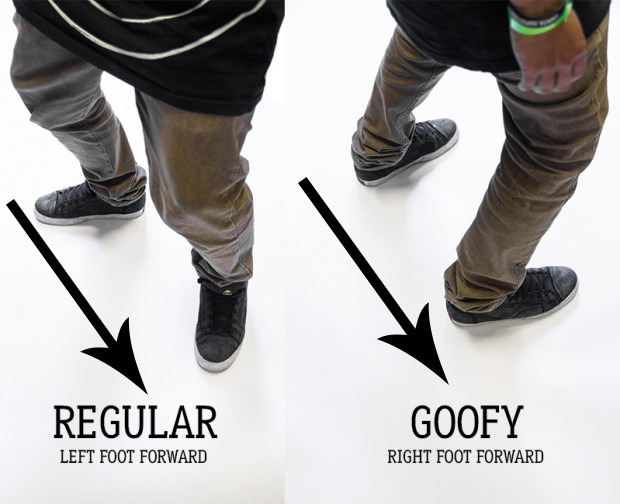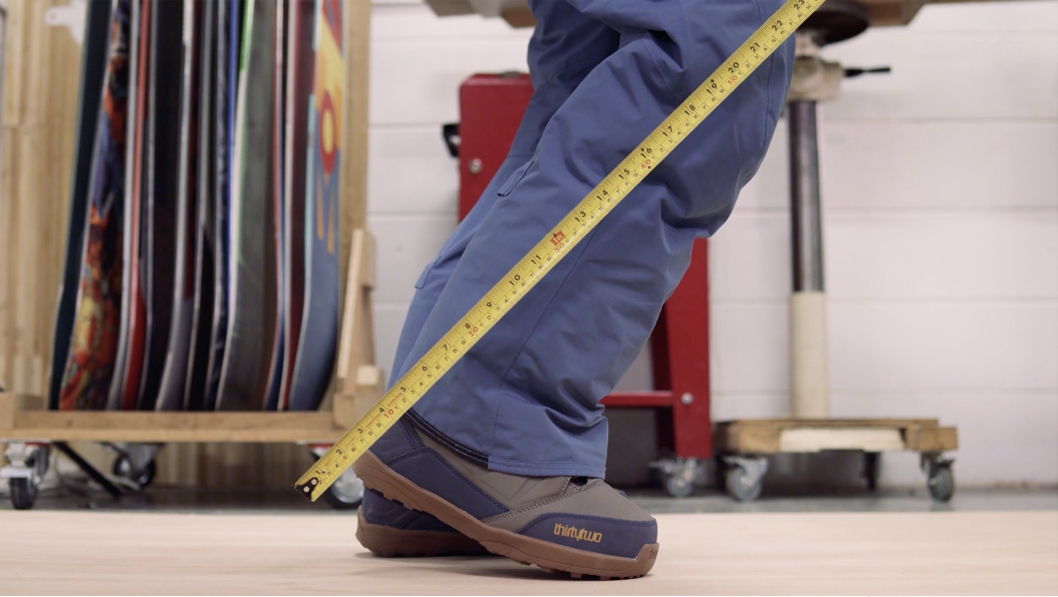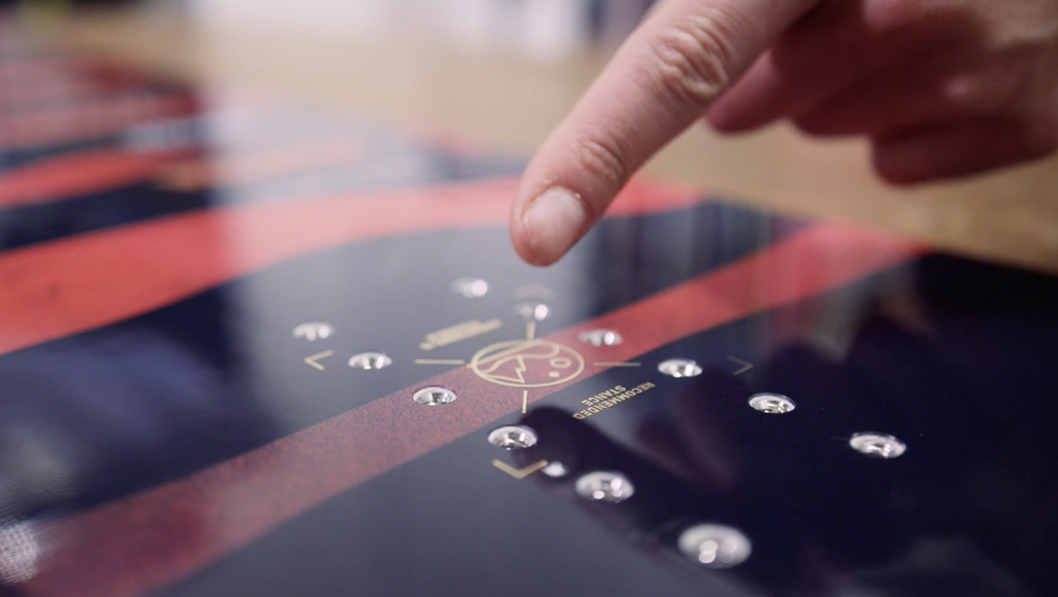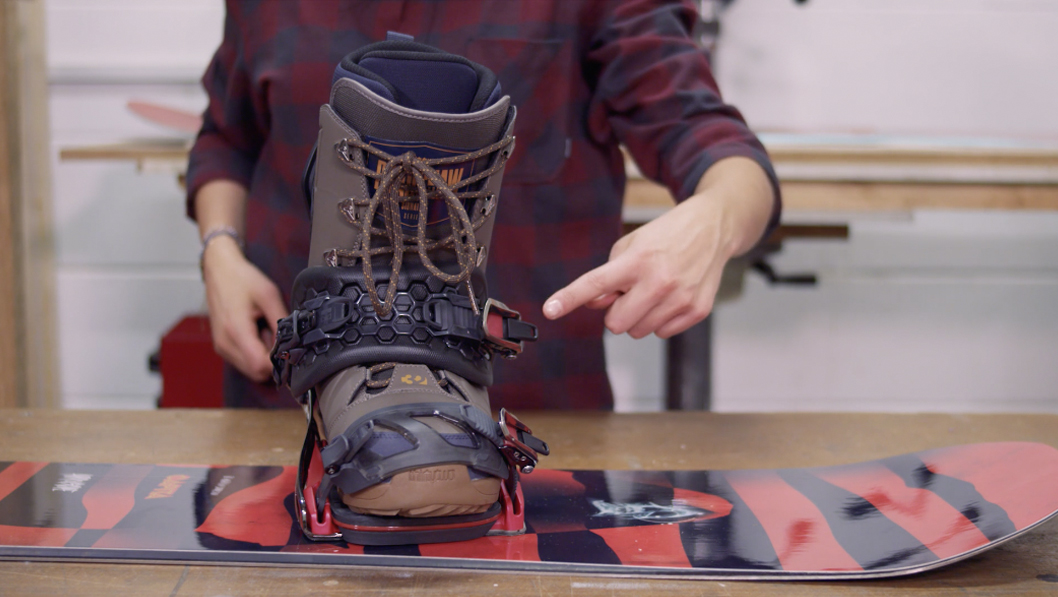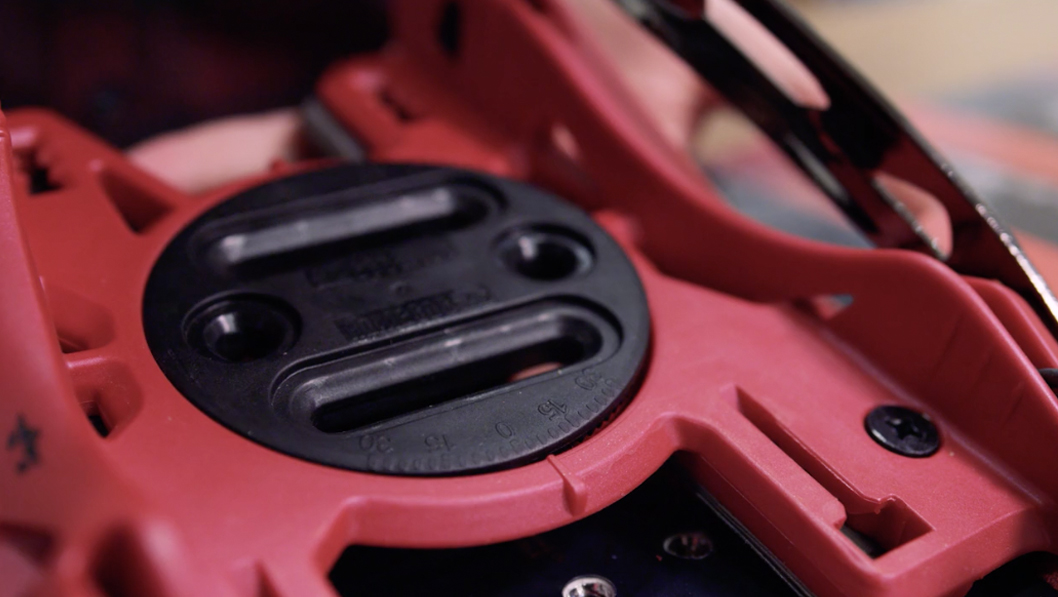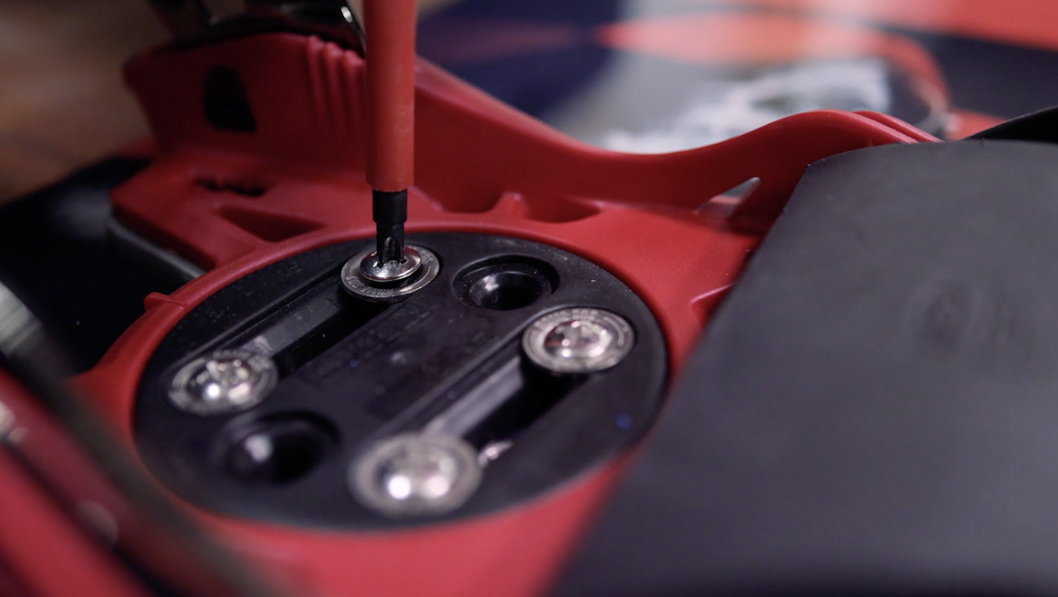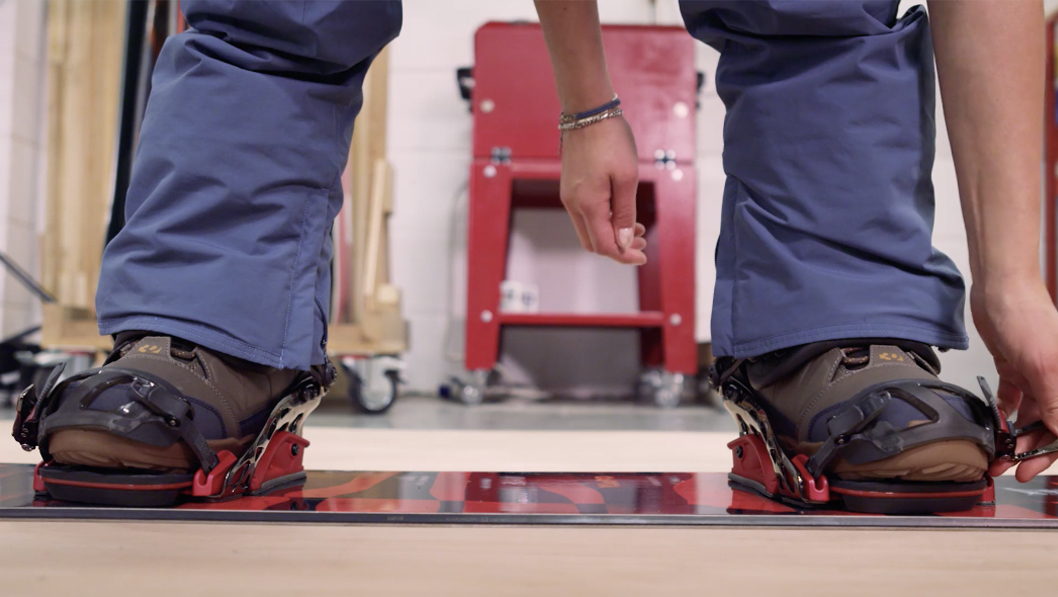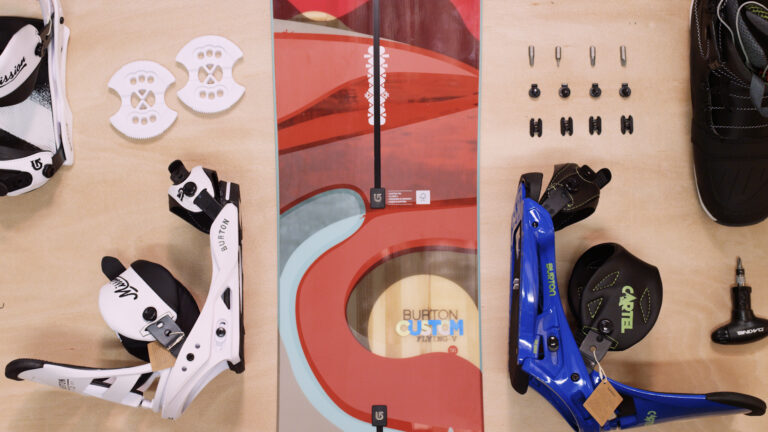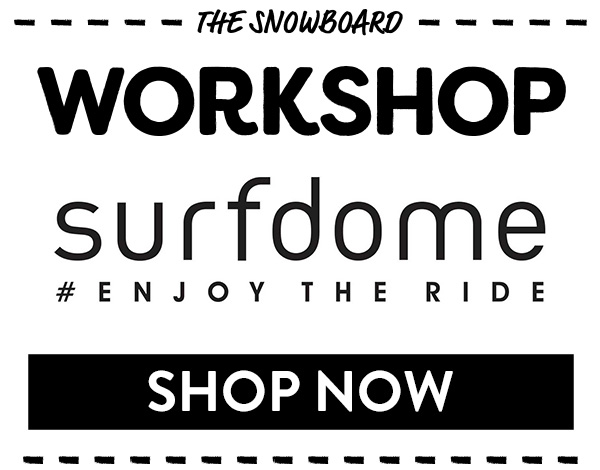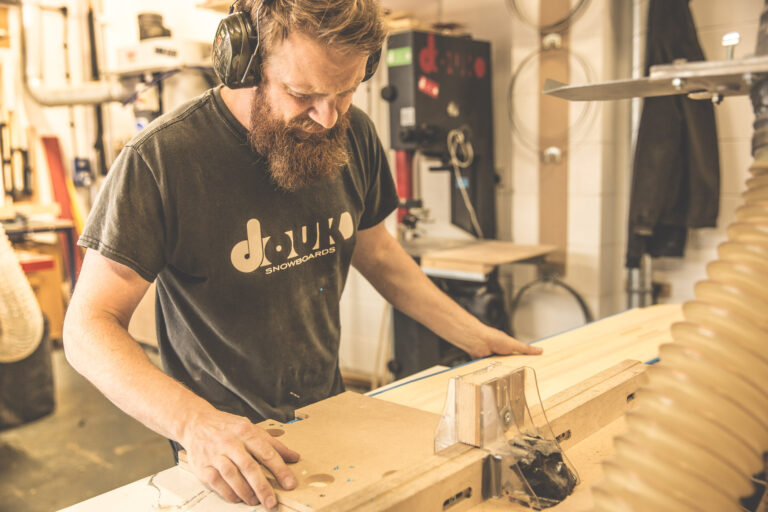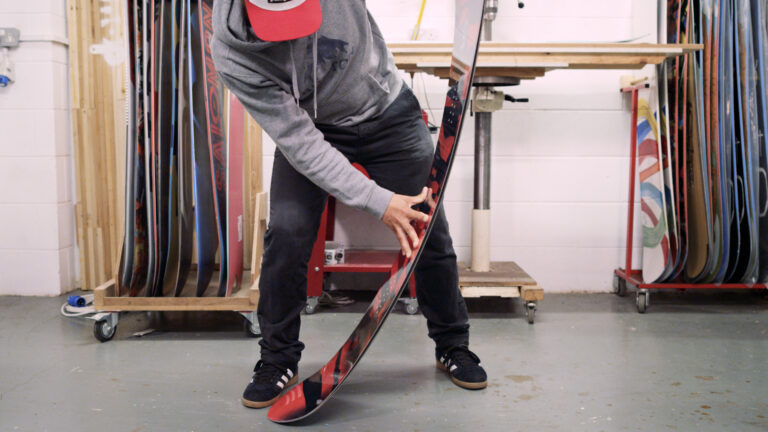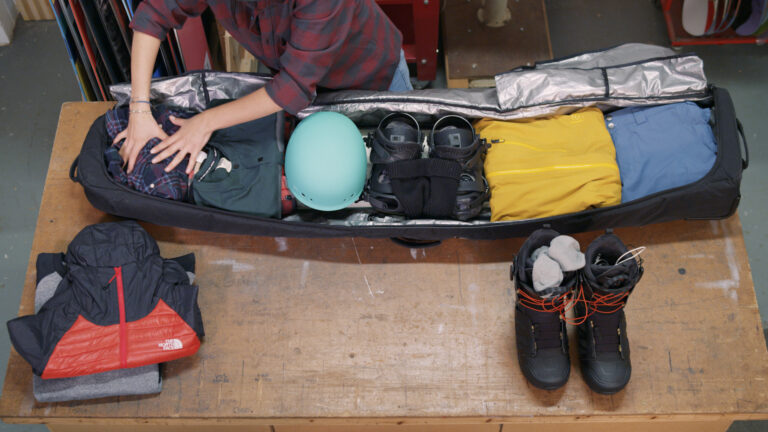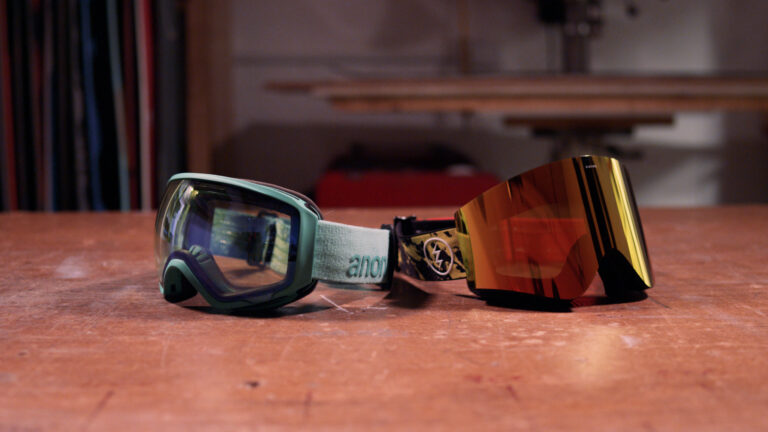Setting up your bindings differently can make a huge difference to how your snowboard will feel to ride. Getting your binding position right for your height, weight, riding preferences and the conditions is very important. There are four main things when it comes to setting up your snowboard bindings that you need to consider.
Your first problem to solve is to stand regular or goofy. Que? Well if you stand with your left-foot going forward first you’re ‘regular’, and if your right-foot is furthest forward then you’re goofy.
NB: Being regular or goofy has nothing to do with having a strong eye, a preferred hand, or which foot you might boot a football with. It’s simply your sliding preference.
The big question therefore is: how do you decide? If you’re not sure which feels natural for you, think which way you’d stand if you were sliding in your socks on a wooden floor, or which foot you’d put forward in a tug of war.

